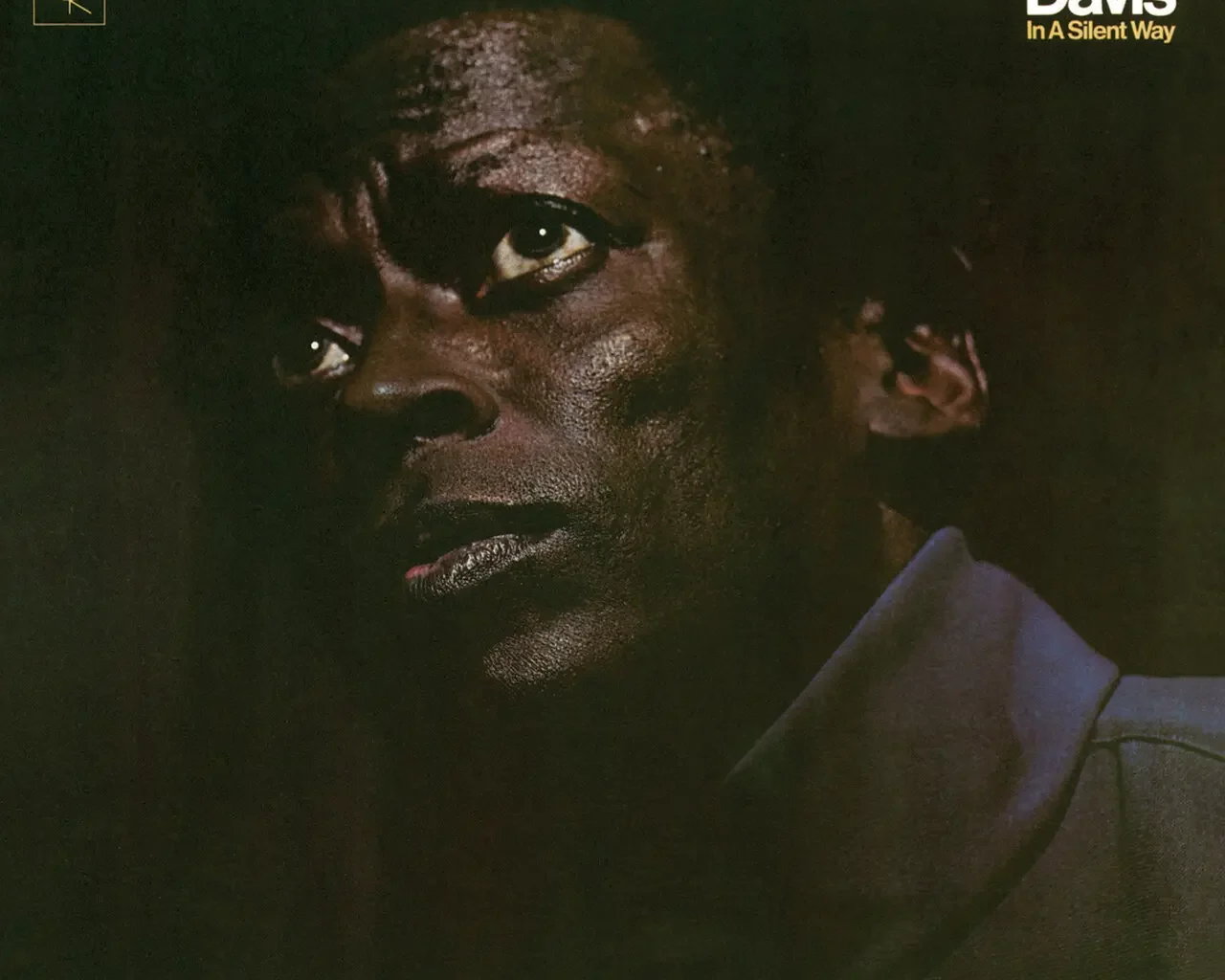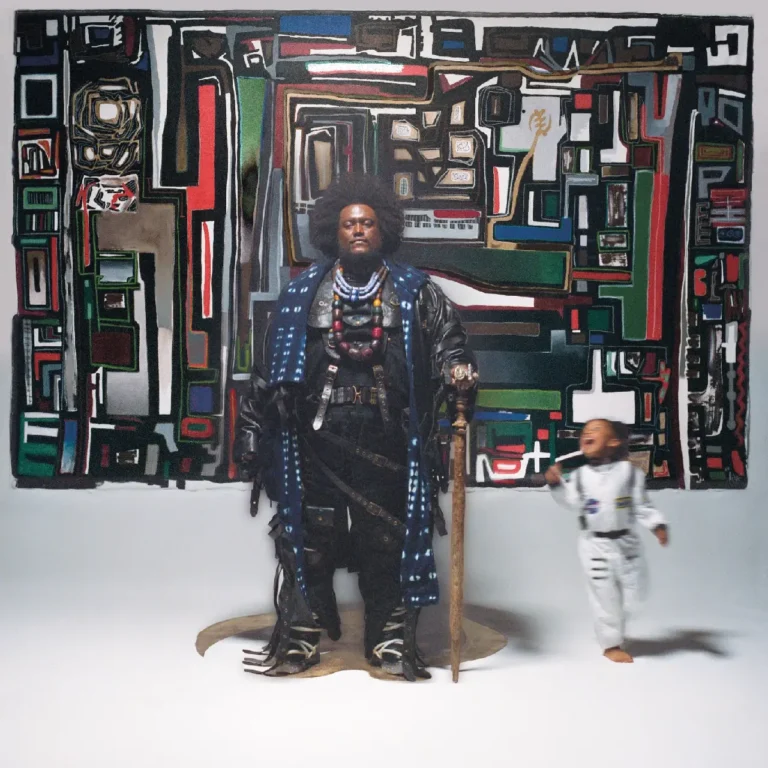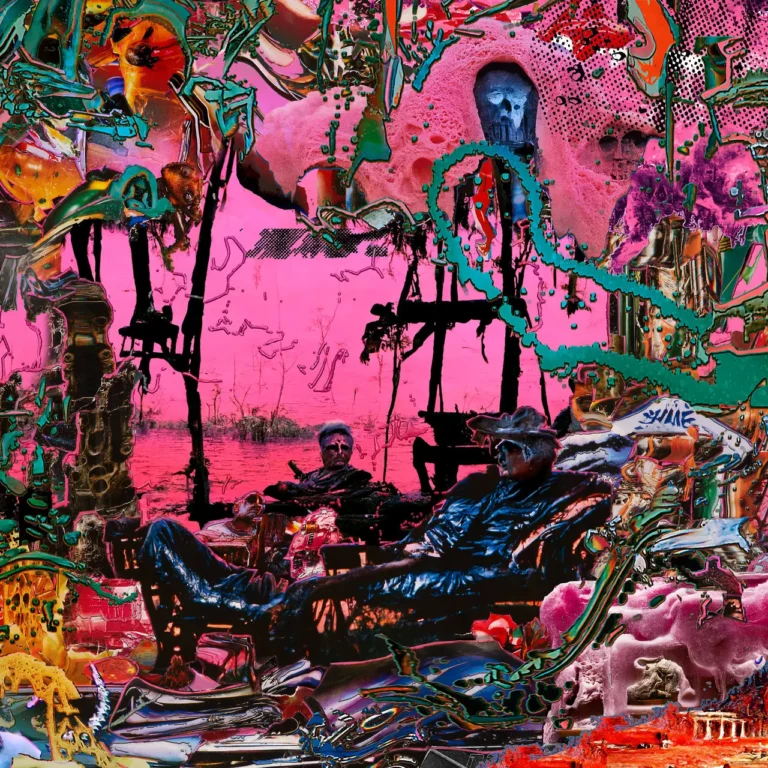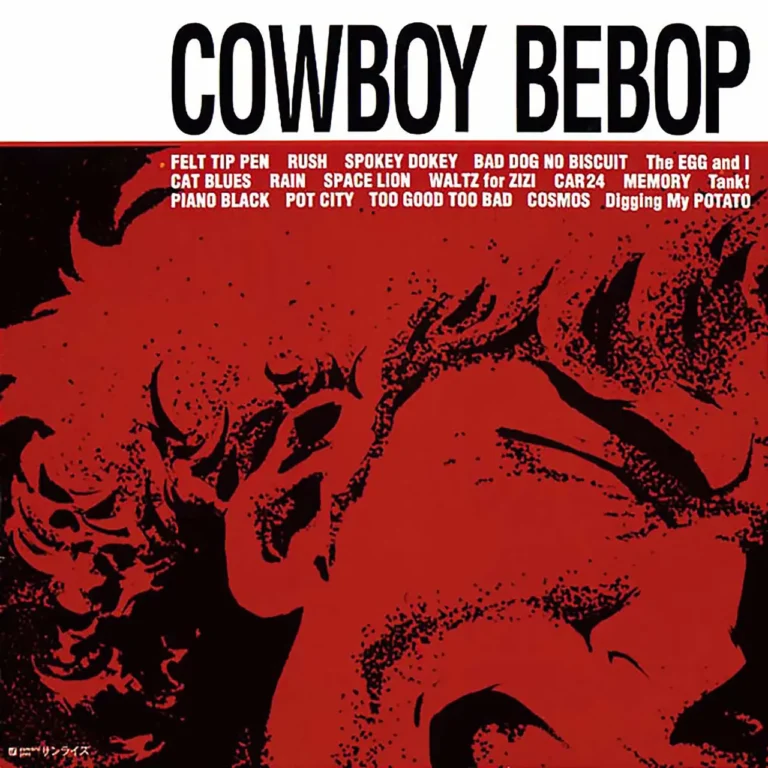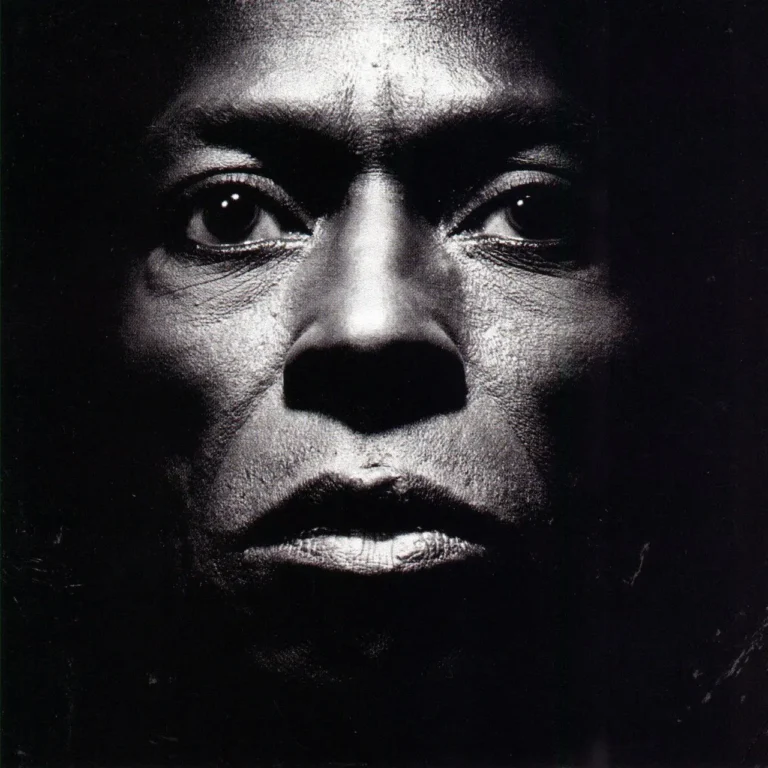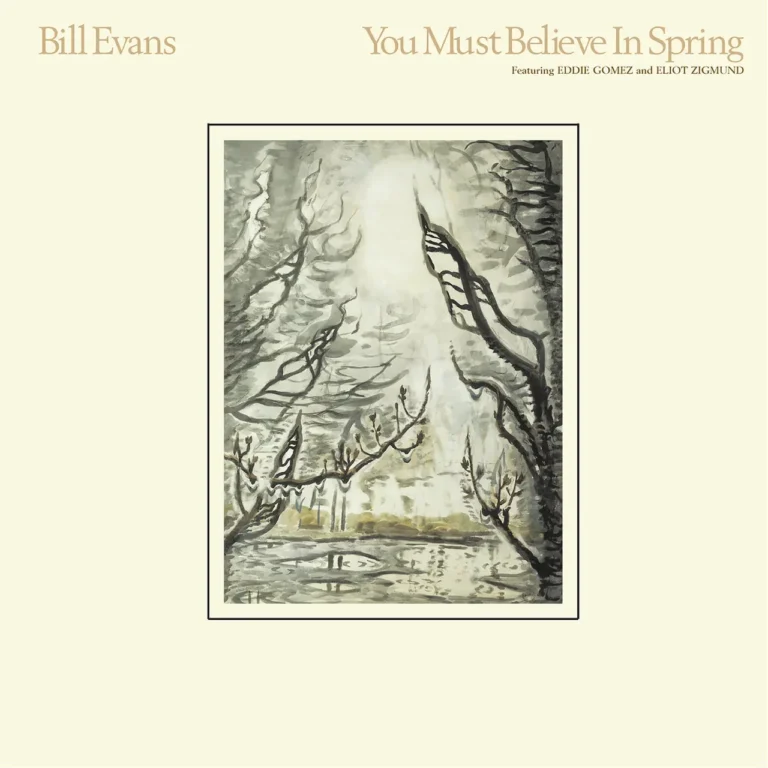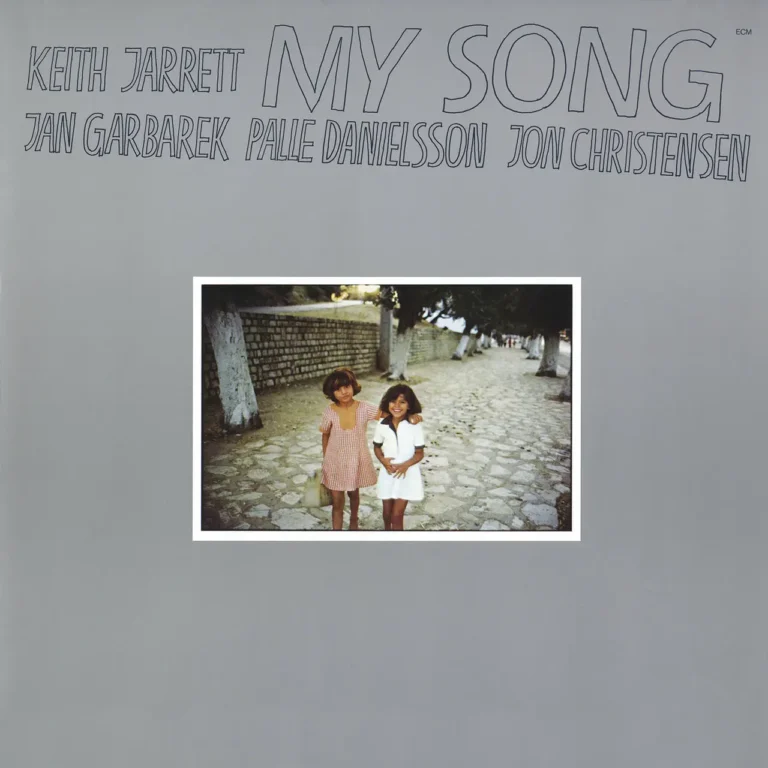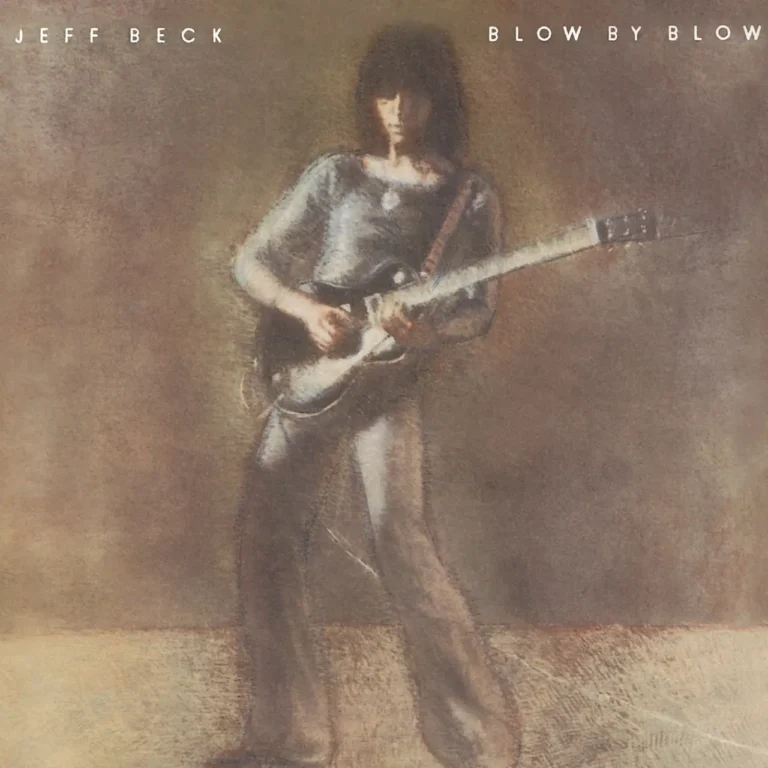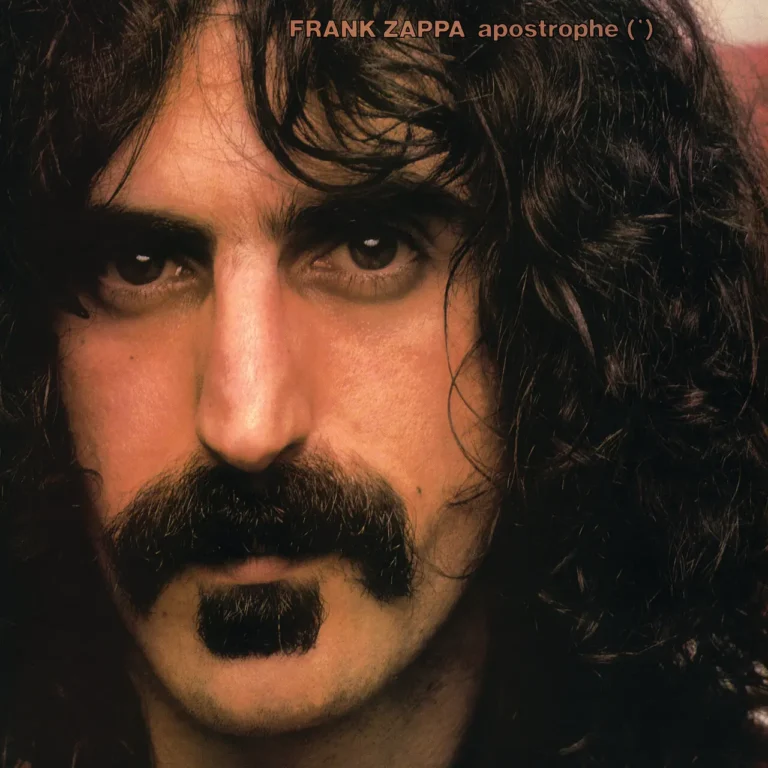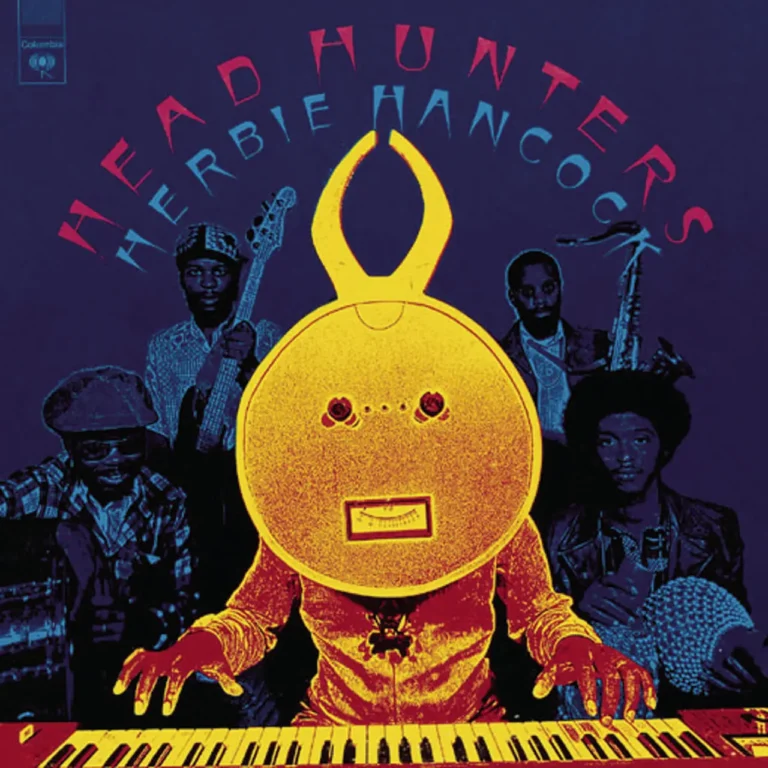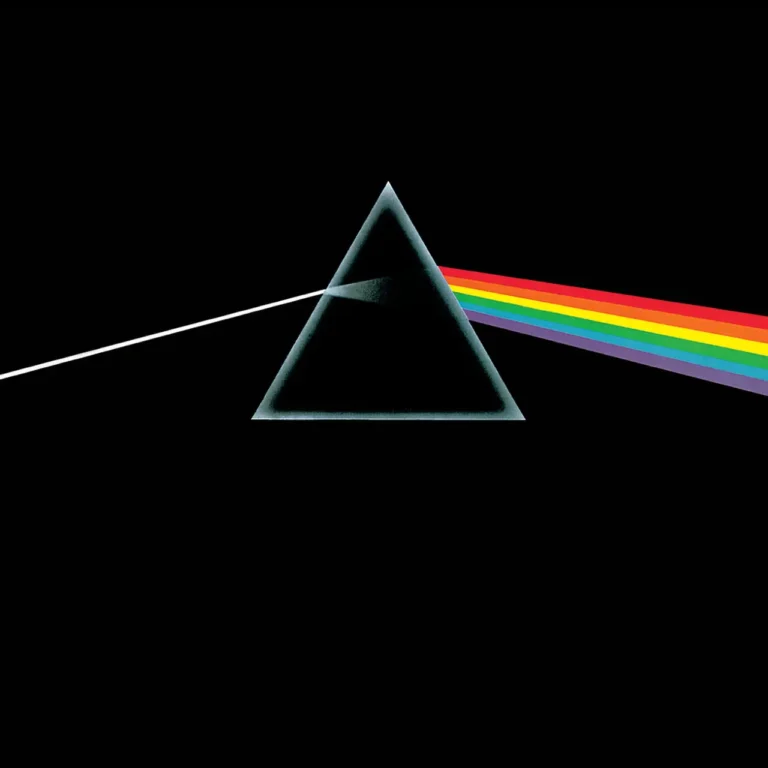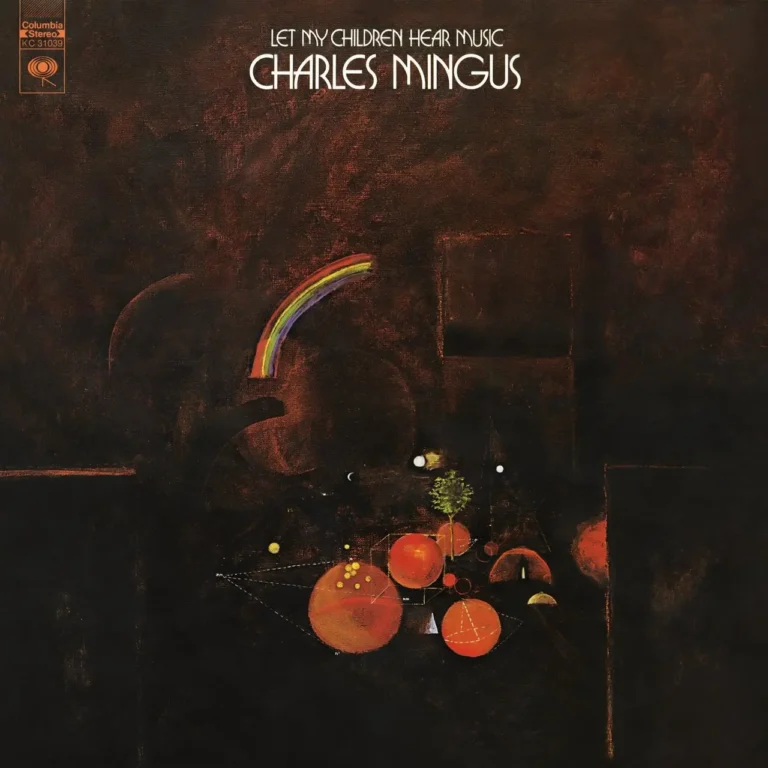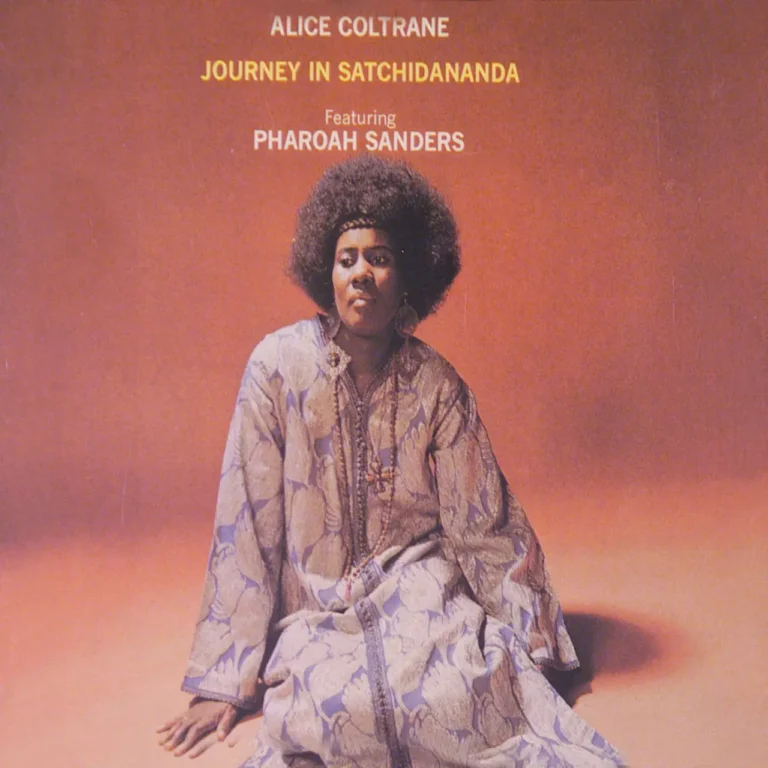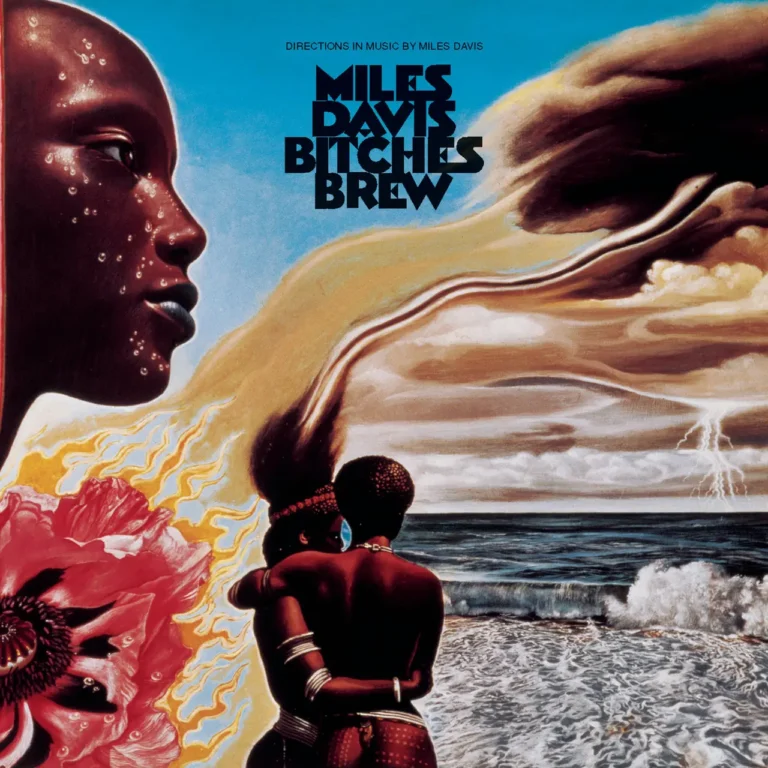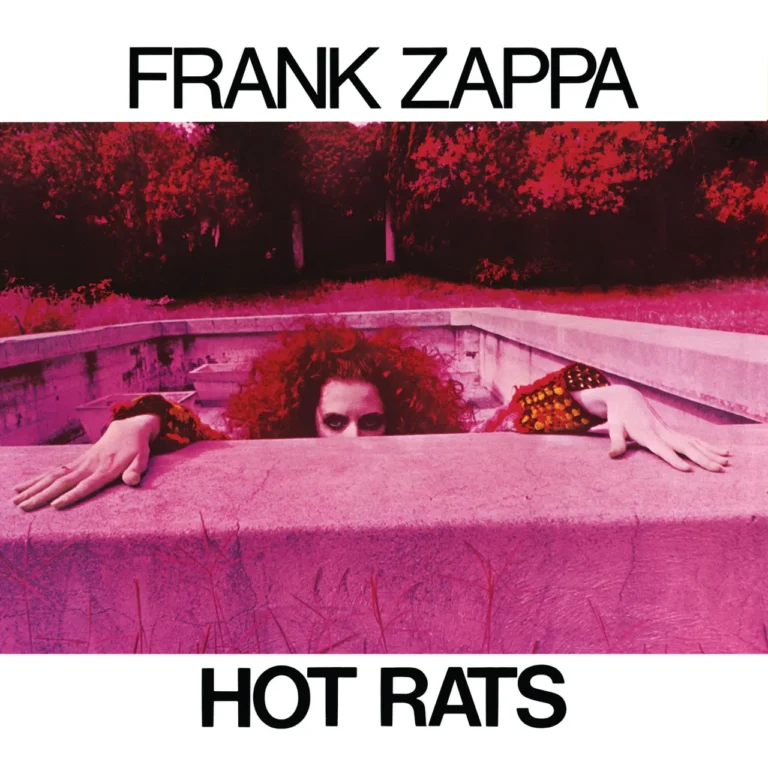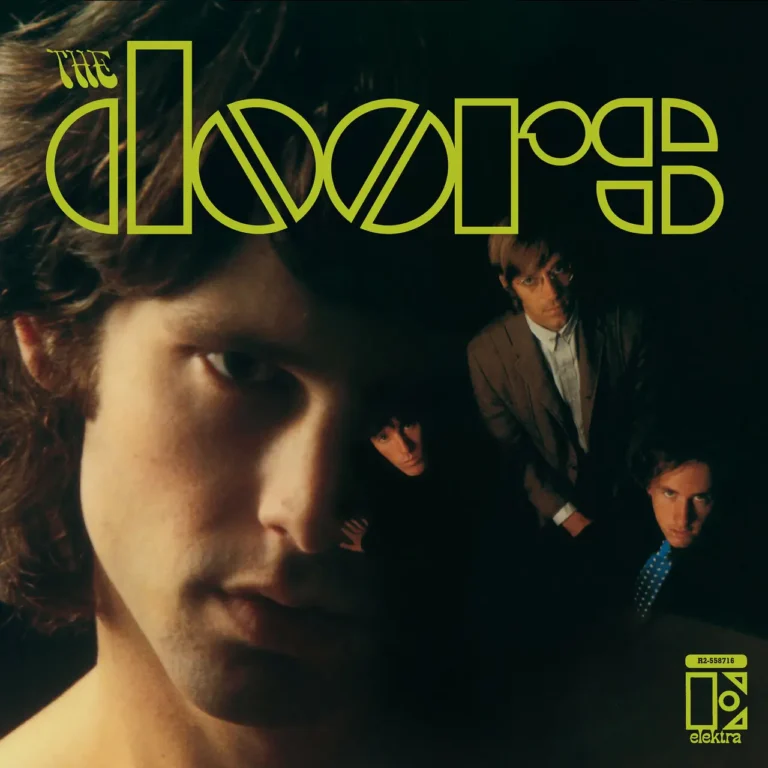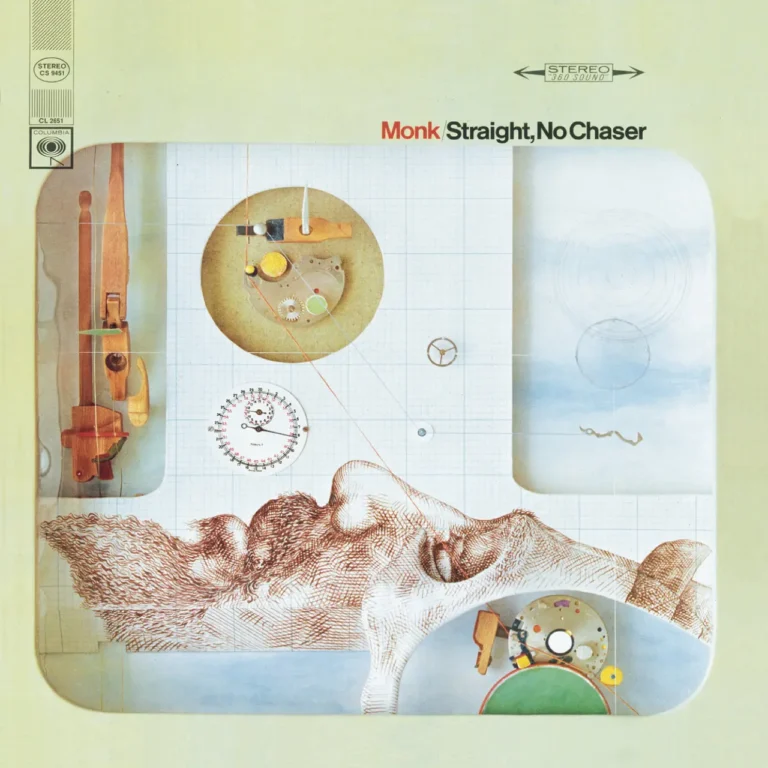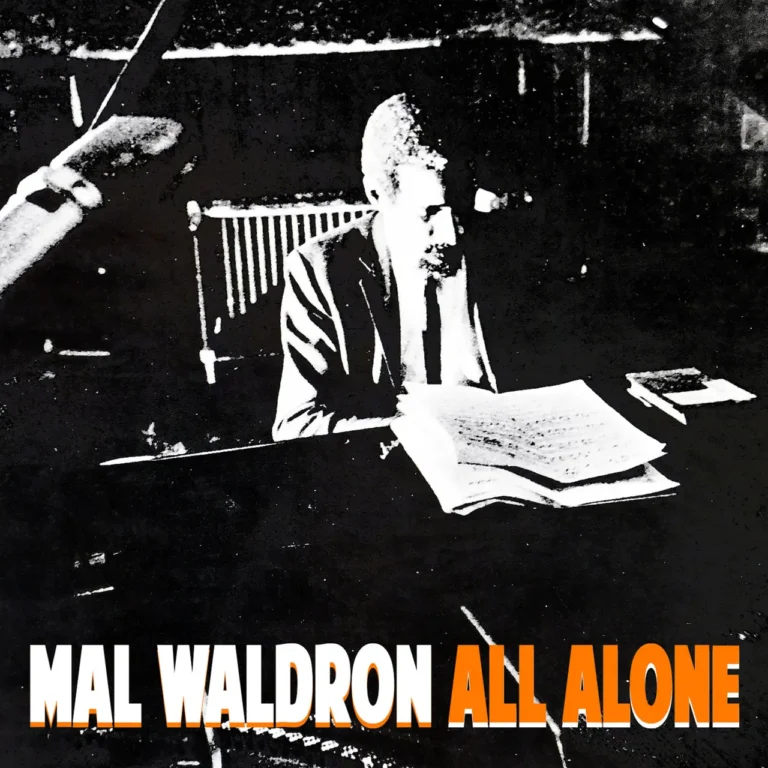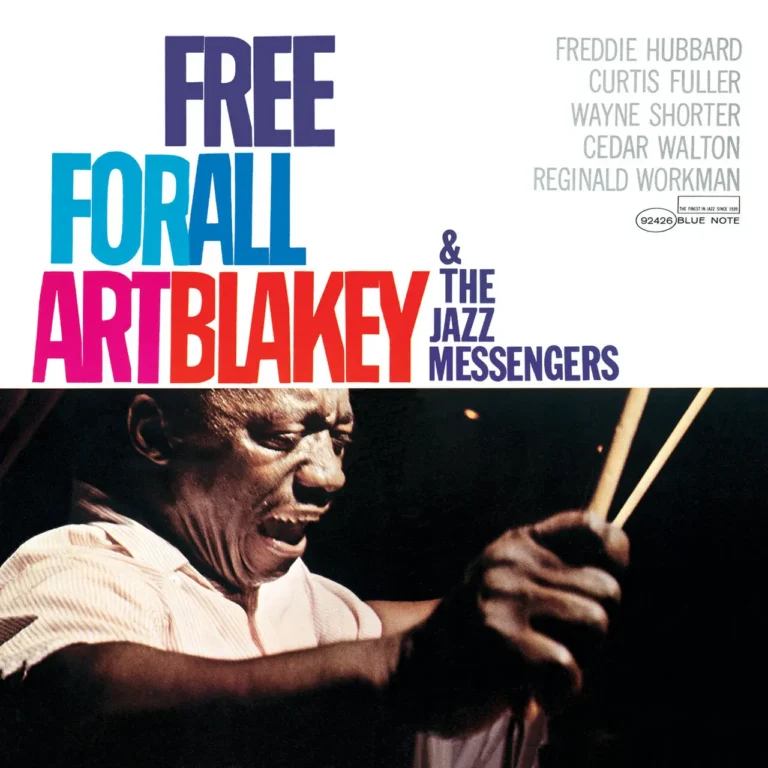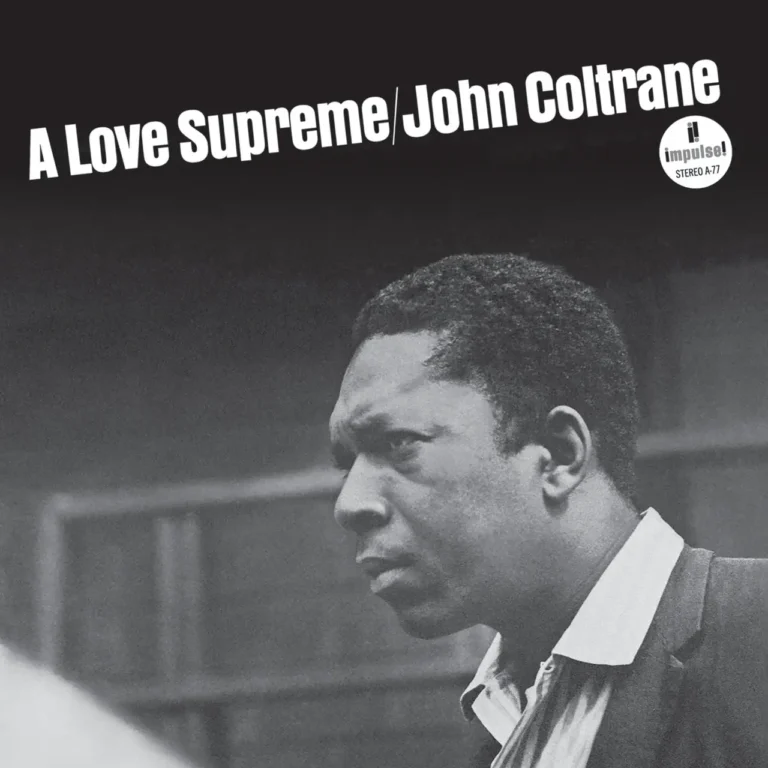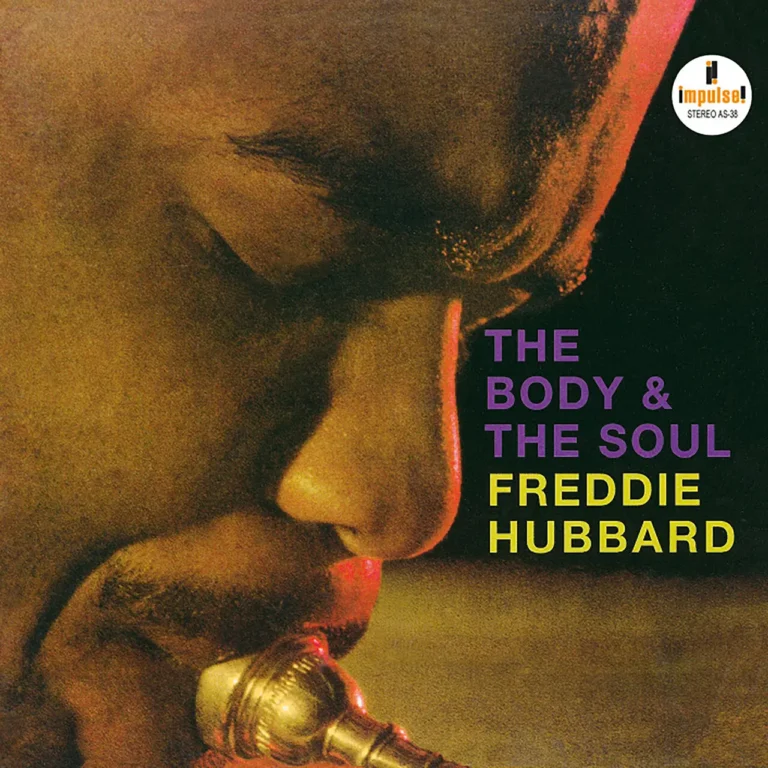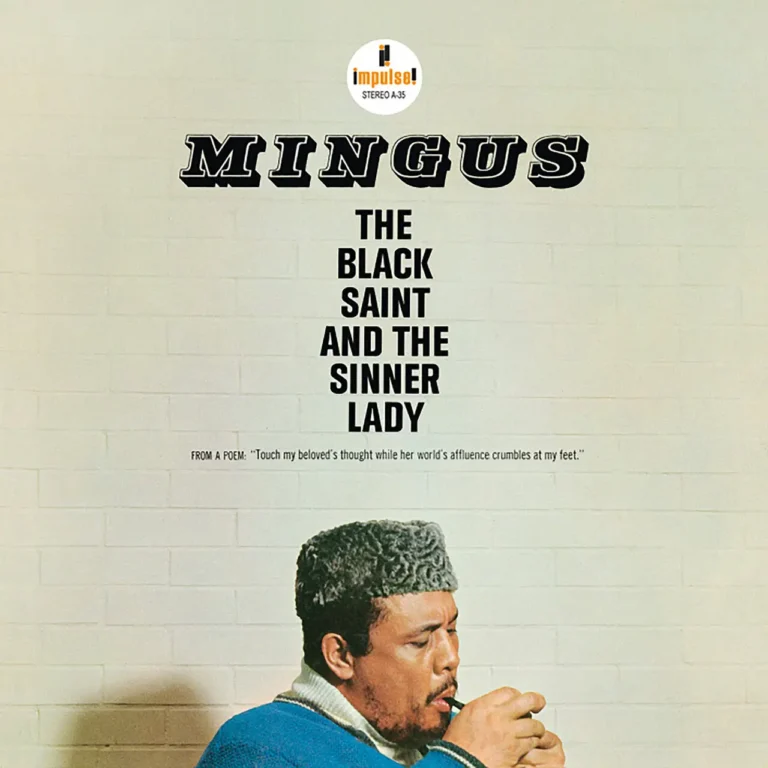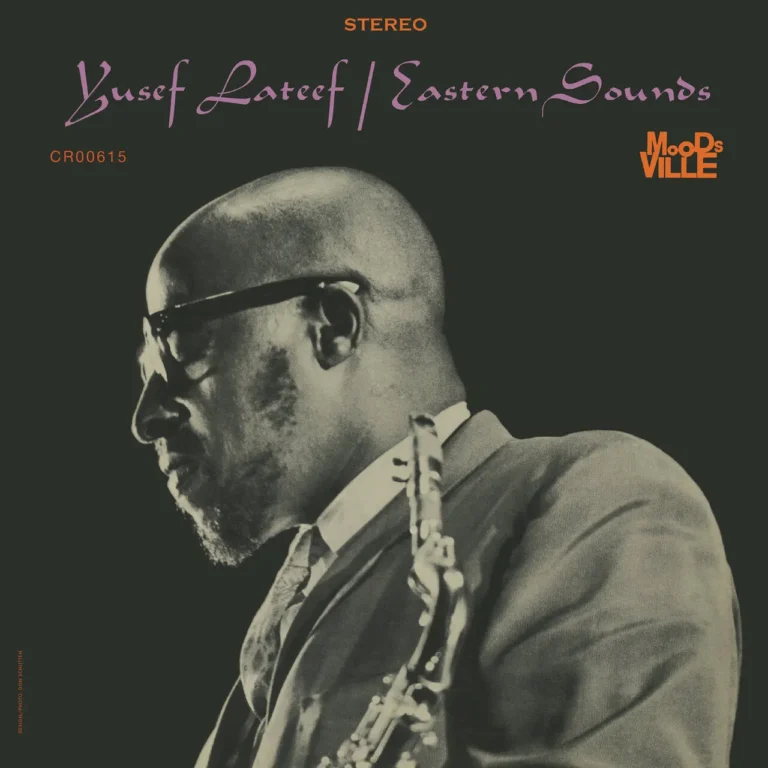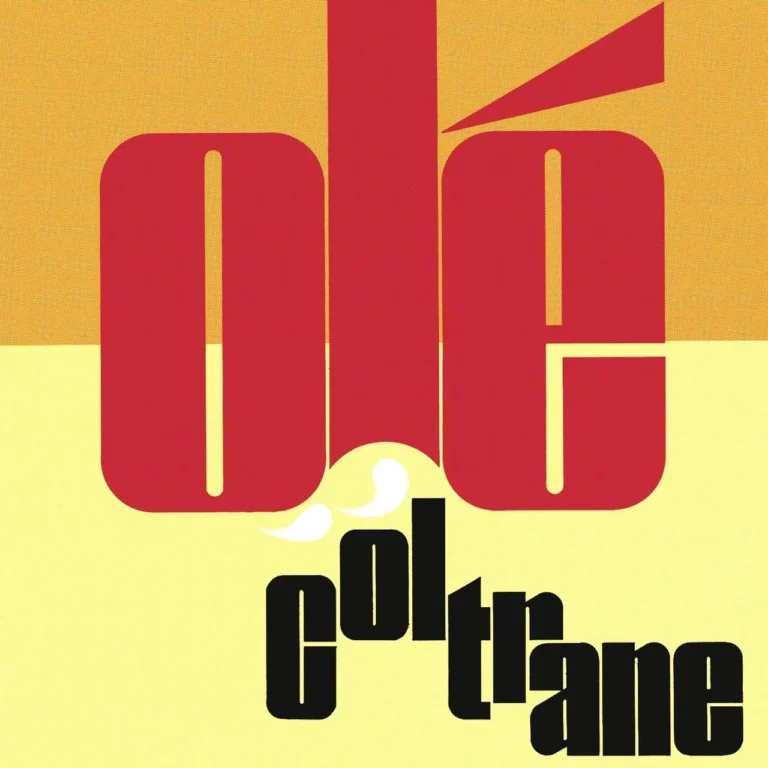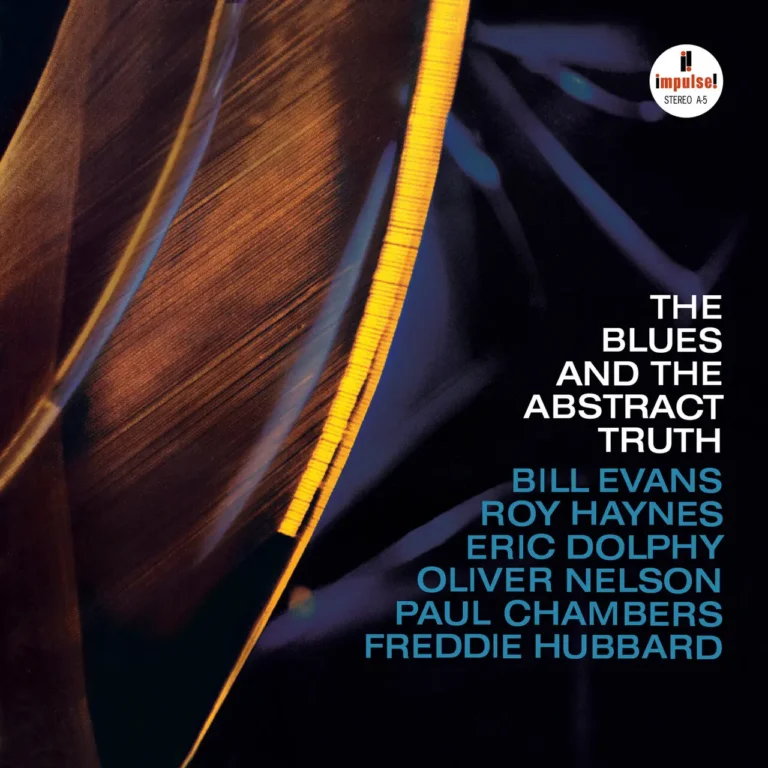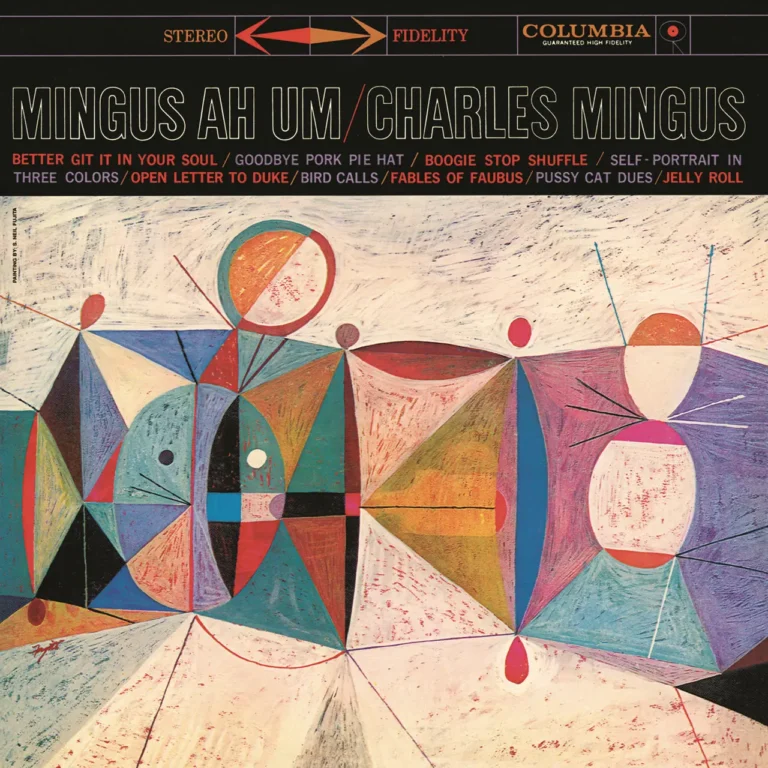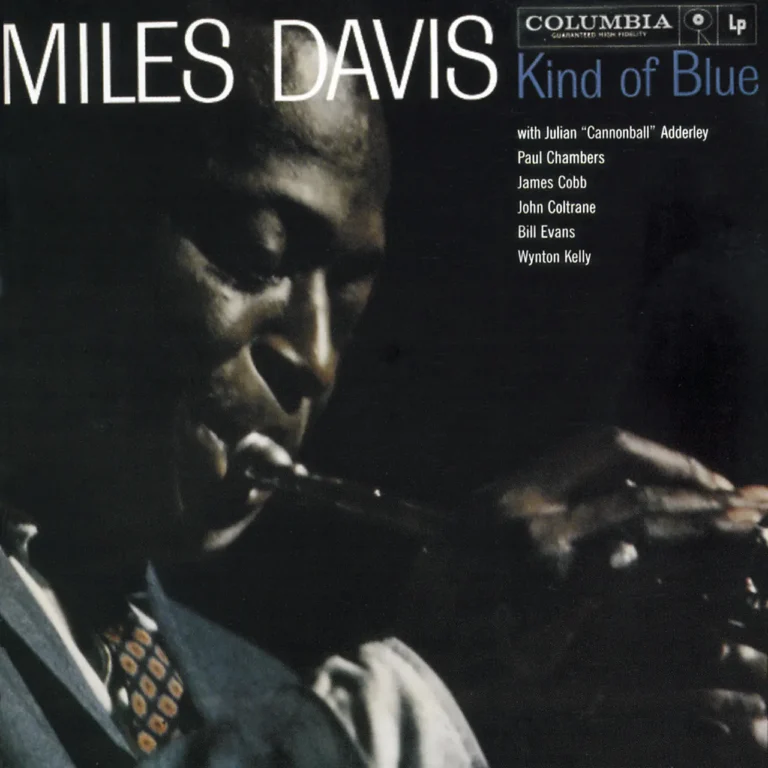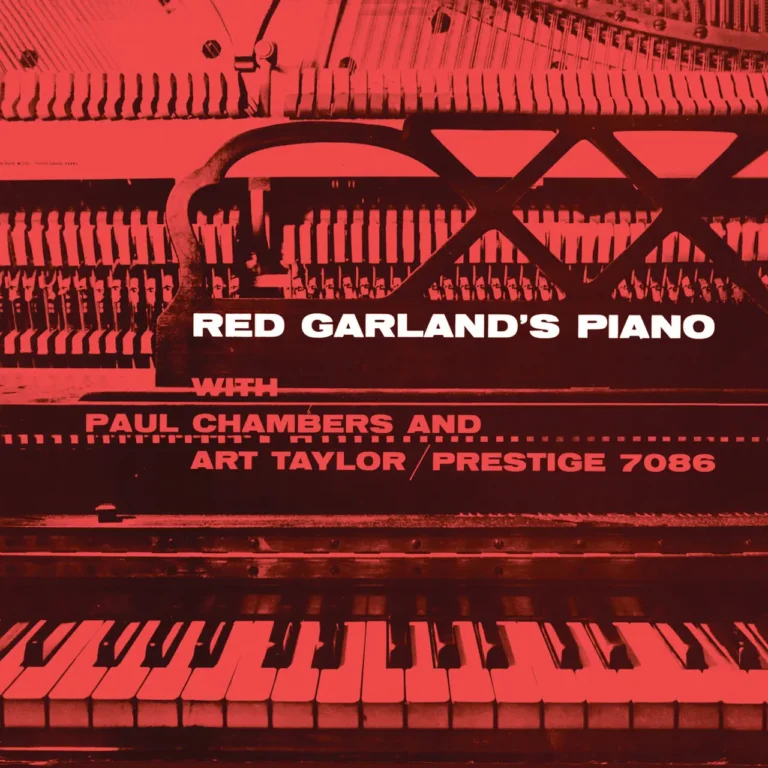"In a Silent Way" is a landmark 1969 album by American jazz trumpeter Miles Davis, recognized as one of the defining works in both his catalog and the history of jazz fusion. Released on July 30, 1969, by Columbia Records and produced by Teo Macero, the album marked the start of Davis's "Electric Period" and would profoundly influence the direction of jazz, rock, and experimental music for years to come12.
Key Details
| Attribute | Detail |
|---|---|
| Release Date | July 30, 1969 |
| Recorded | February 18, 1969 (CBS 30th St Studio, NY) |
| Genre | Jazz fusion, modal jazz |
| Length | 37:55 |
| Label | Columbia Records |
| Producer | Teo Macero |
Musical Innovation and Style
- Breakthrough Fusion: The album is often cited as the first true "jazz fusion" recording, blending elements of jazz improvisation with rock rhythms and electric instrumentation12.
- Structure: The original LP consists of two side-long tracks:
- Sound: Characterized by hushed, introspective moods and minimalist, repetitive melodic fragments. The music emphasizes atmosphere and groove, using rock and blues influences within an otherwise "spacey" jazz context43.
- Technical Innovation: The album was boldly edited using repeated tape splices and loops—a groundbreaking post-production technique in 1969 jazz3.
Personnel
A notable collective of jazz’s leading innovators contributed to the record:
| Musician | Instrument |
|---|---|
| Miles Davis | Trumpet |
| Wayne Shorter | Soprano saxophone |
| John McLaughlin | Electric guitar |
| Chick Corea | Electric piano |
| Herbie Hancock | Electric piano |
| Joe Zawinul | Organ, electric piano |
| Dave Holland | Bass |
| Tony Williams | Drums |
Background and Recording
- Davis was inspired by the changing musical landscape of the late 1960s, experimenting with new band lineups, electric instruments, and rock influences to attract a younger audience5.
- Elements of rock and funk were introduced, especially through the rhythm section’s approach and the dual keyboards of Hancock, Corea, and Zawinul. John McLaughlin’s addition on guitar brought new melodic sensibilities12.
- "In a Silent Way" served as a precursor to Bitches Brew, but its quieter, meditative mood distinguished it from the more aggressive fusion to follow3.
Critical Reception and Legacy
- Initial Reception: The album was controversial among critics and fans, with some jazz purists unsettled by its experimental structure and electric sound1.
- Long-Term Influence: Today, it is celebrated as a pivotal album in the development of jazz fusion and modern electric jazz. The techniques and aesthetics launched here shaped countless artists and genres beyond jazz143.
- Reissues: In 2001, the expanded box set The Complete In a Silent Way Sessions was released, featuring additional outtakes and alternate takes from the album sessions1.
Notable Facts
- The title track, "In a Silent Way," was composed by Joe Zawinul (later of Weather Report), with Davis’s arrangement stripping away many chord changes for simplicity and a focus on atmosphere. Zawinul’s original concept differed notably from the final recorded version1.
- The album’s personnel would form the core of multiple legendary future ensembles, including Weather Report, the Mahavishnu Orchestra, and Return to Forever.
- "In a Silent Way" stands as a major touchstone for ambient, progressive, and jazz musicians alike.
"In a Silent Way" remains an essential listen for its bold, ethereal fusion of styles and forward-thinking approach—it’s often described as the serene precursor to the storm of Bitches Brew, both “timely and timeless” in its impact3.
